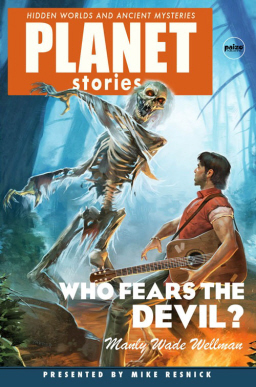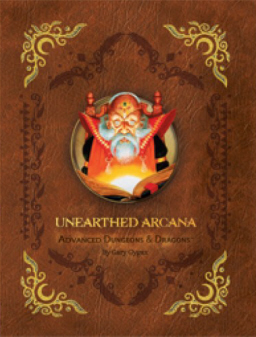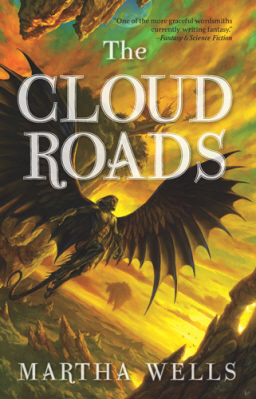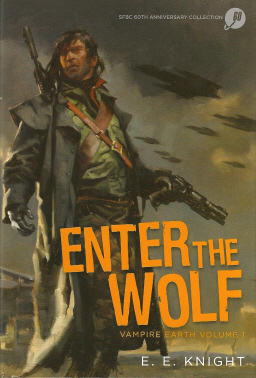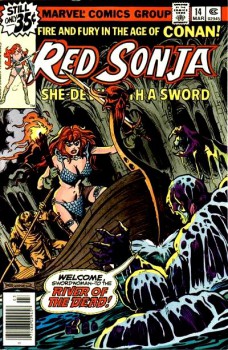Blogging Sax Rohmer’s The Trail of Fu Manchu, Part Two
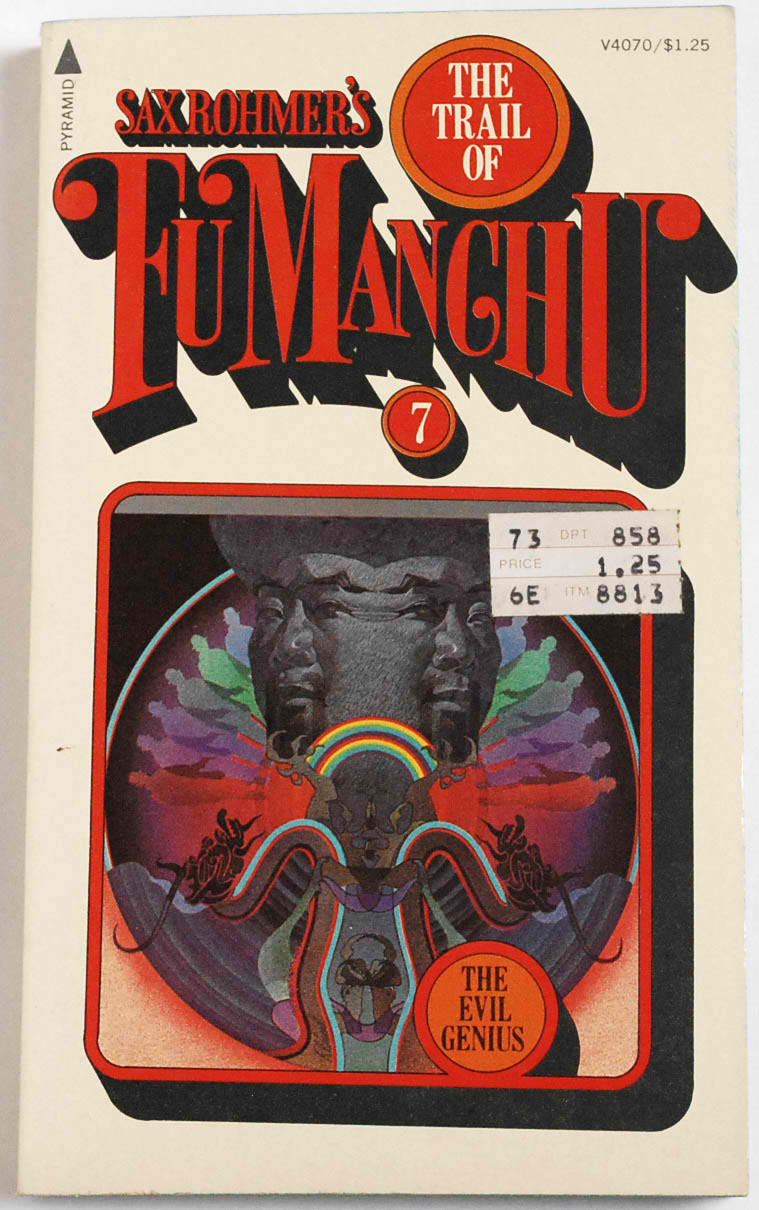
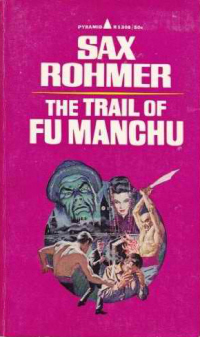 Sax Rohmer’s The Trail of Fu Manchu was originally serialized in Collier’s from April 28 to July 14, 1934. It was published in book form later that year by Cassell in the UK and Doubleday in the US. The book marked the first time Rohmer employed third person narrative in the series and dispensed with the first person narrative voice modeled on Sir Arthur Conan Doyle’s Sherlock Holmes stories. The results dilute what would otherwise have been a stronger novel that saw the series return to its roots.
Sax Rohmer’s The Trail of Fu Manchu was originally serialized in Collier’s from April 28 to July 14, 1934. It was published in book form later that year by Cassell in the UK and Doubleday in the US. The book marked the first time Rohmer employed third person narrative in the series and dispensed with the first person narrative voice modeled on Sir Arthur Conan Doyle’s Sherlock Holmes stories. The results dilute what would otherwise have been a stronger novel that saw the series return to its roots.
Sir Denis Nayland Smith, Alan Sterling, and Chief Inspector Gallaho follow Fah lo Suee from Sam Pak’s Limehouse opium den to the Ambassador’s Club, where the daughter of Fu Manchu has a rendezvous with Sir Bertram Morgan. The reader learns in short order that Fah lo Suee met Sir Bertram three years ago in Cairo and so has retained her old identity of Madame Ingomar. The old financier has fallen madly in love with the seductive Eurasian beauty. Sir Denis and company follow their car to Rowan House in Surrey, the former residence of Sir Lionel Barton, where Madame Ingomar’s father now resides. Once again, Rohmer refers back to the first book in the series, for it was at Rowan House where Nayland Smith and Dr. Petrie first encountered Sir Lionel Barton.

